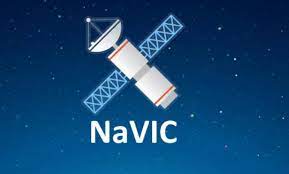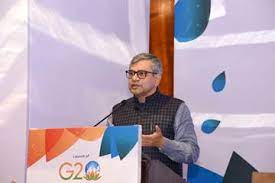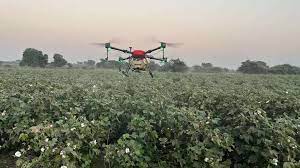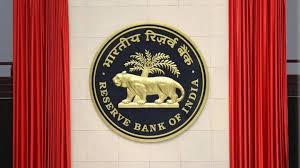
ISRO is doing to boost the use of NavIC, India’s version of GPS: For the purpose of promoting the use of “NAVigation with the Indian Constellation” (NavIC), the Indian version of GPS, the Indian Space Research Organisation (ISRO) will introduce the L1 frequency in all its future satellites.
December 2022 Current Affairs Quiz
What are the changes ISRO is making in NavIC:
- • The L5 and S bands are currently used by the seven satellites in the NavIC constellation to provide positioning data. However, most mobile System on Chips(SoCs) and wearable devices support the L1 band.
- To overcome this drawback, ISRO announced that new satellites from NVS-01 onwards which are meant to replace these satellites will also have L1 frequency.
- L1 frequency is one of the most commonly used frequencies in the Global Positioning System (GPS), which even the less sophisticated, civilian-use devices such as smartwatches are capable of receiving. Thus, with this band, the use of the NavIC in wearable devices and personal trackers that use low-power, single-frequency chips can go up.
What is NavIC:
NavIC, or Navigation with Indian Constellation is an independent stand-alone navigation satellite system developed by the Indian Space Research Organization(ISRO). NavIC received its initial approval in 2006. It was expected to be completed by late 2011 but only became operational in 2018. NavIC consists of eight satellites and covers the whole of India’s landmass and up to 1,500 km from its boundaries.
Where is NavIC used currently:
Currently, NavIC’s use is limited. It is being used in public vehicle tracking in India, for providing emergency warning alerts to fishermen venturing into the deep sea where there is no terrestrial network connectivity, and for tracking and providing information related to natural disasters.
How does NavIC work compared to other satellite navigation systems like GPS:
- The primary distinction is the serviceable region that these systems cover. GPS caters to users across the globe and its satellites circle the earth twice a day while NavIC is currently for use in India and adjacent areas.
- Moreover, like GPS, there are three more navigation systems that have a global coverage — Galileo from the European Union, Russia-owned GLONASS and China’s Beidou.
- QZSS operated by Japan is another regional navigation system covering the Asia-Oceania region with a focus on Japan.





